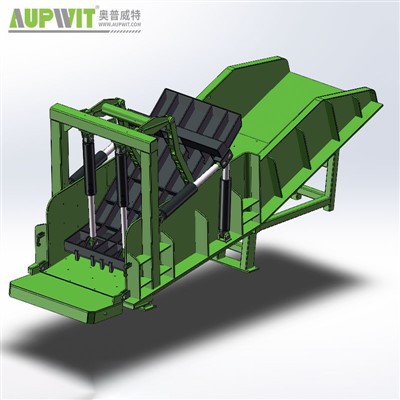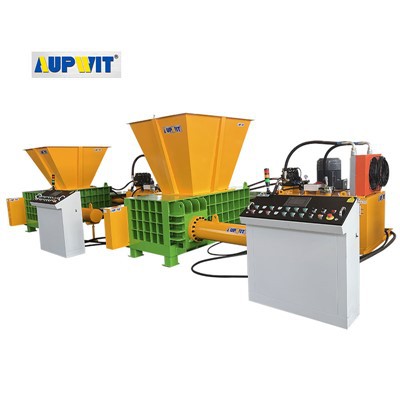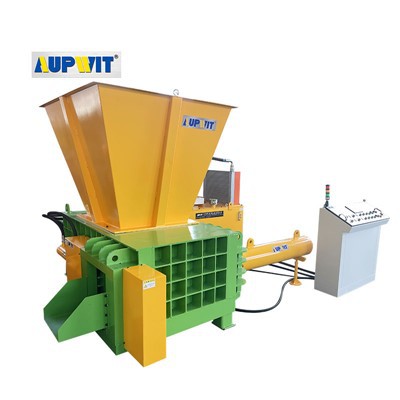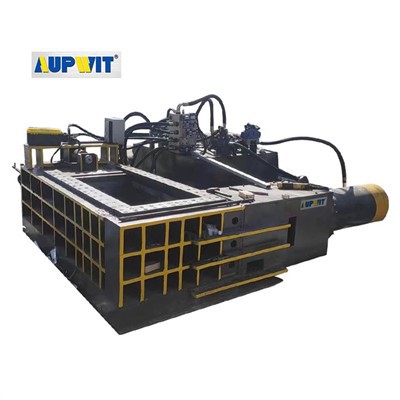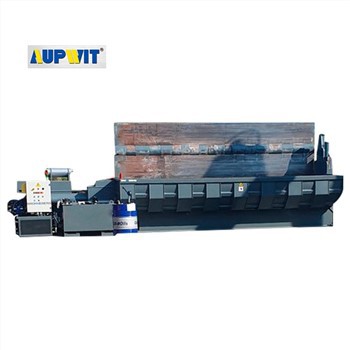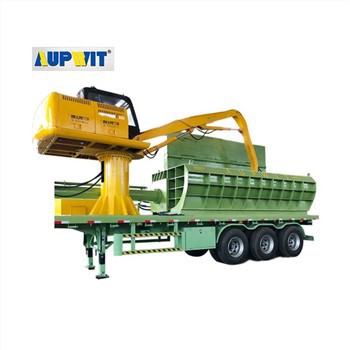Iron Powder Briquetting Machines & Dust Control
Operational Dust Challenges
- During operation, iron powder briquetting involves handling fine iron particles, which can become airborne during feeding, conveying, and pressing.
- These particles form dust that poses multiple risks: inhalation of iron oxide dust can cause respiratory issues like siderosis (a lung disease from iron particle buildup).
- Accumulated dust may create fire or explosion hazards, as iron powder is combustible under certain conditions.
- Excessive dust can contaminate machinery components, increasing wear on moving parts (e.g., bearings, gears) and reducing equipment lifespan.
Regulatory Requirements
Regulatory standards further mandate dust control. Agencies like OSHA (U.S.) set permissible exposure limits (PELs) for iron dust (e.g., 10 mg/m³ for total dust over an 8-hour shift), requiring employers to limit airborne concentrations. The EU's CE marking also demands compliance with machinery directives that include dust emission controls. In many regions, failure to control dust can result in fines or operational shutdowns.
Dust Removal Solutions
Baghouse Filters
Use fabric filters to capture fine particles with high efficiency.
Cyclone Separators
Separate dust via centrifugal force for larger particles.
LEV Systems
Local exhaust ventilation positioned near dust sources for direct extraction.


